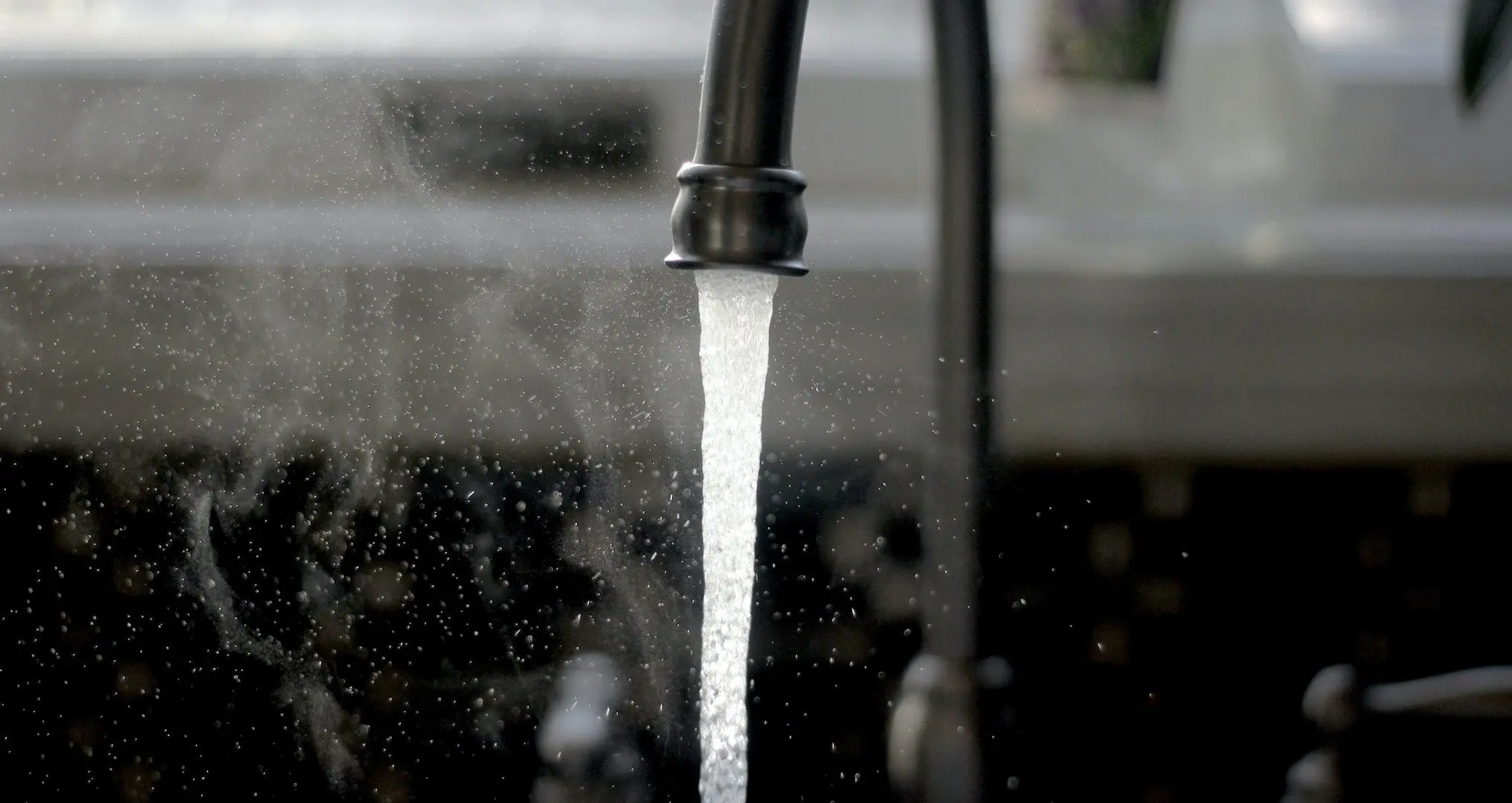At-Home Testing for Lead in Drinking Water: Effective or Not?

With water crises like that of Flint, Michigan seeming to occur with disturbing frequency, you may have found yourself asking, “Does the water in my home contain lead?” Put simply, yes, it is possible. According to the Environmental Protection Agency, between 10% and 20% of exposure to lead comes from contaminated water. Matters are even worse for the young and vulnerable. In fact, babies can get between 40% and 60% of their exposure to lead through drinking formula that is mixed with contaminated water. With the health risks associated with lead contamination, it is crucial that you’re doing everything you can to keep your family safe. This has led many people to ask about the efficacy of at-home testing for lead in your drinking water.
Today, Office H2O will be answering the question of whether or not at-home testing for lead in your drinking water is effective or not. Although the EPA says that you can’t absorb lead through your skin when bathing or showering with contaminated water, ingesting it in your drinking water can have potentially dire consequences for your health. This article will outline the process of testing your home’s drinking water supply for lead, as well as why it is so important to do so.
Should You Have Your Home’s Water Tested for Lead?
Before we get to whether or not at-home testing for lead in your home’s drinking water is reliable, you should have an understanding of whether or not you and your family are at risk. To determine this, you should start by calling your municipal water supplier. If your water comes from a private well, however, we recommend looking for more information on the EPA’s private wells page. Upon calling your municipal water supplier, ask for a copy of their Consumer Confidence Report. This report lists levels of contaminants found during tests and is required by federal law to be run on a regular basis. You will be looking for lead levels that are well below the EPA’s action level of 15 parts per billion.
In the event that you notice a lead reading that is at or above the level on the report, you should be taking action immediately. According to the Centers for Disease Control, you should call your water supplier and ask whether or not the service pipe on your street has lead in it. Your next steps depend on their answer. If they say that there is, the CDC recommends running your shower on cold for at least five minutes. Next, run your kitchen tap on cold for an additional two minutes. Fill clean containers with this water and use it for drinking, cleaning, cooking, and making baby formula. It should be noted that while boiling water removes some contaminants, it will not remove lead. The next step is to test.
If your local water supplier says that there isn’t lead in your service pipe, it is possible that you could still have lead exposure from the plumbing inside your home. Lead is tasteless and odorless, so the only way to know whether or not the drinking water in your home has lead in it is to have it tested. Although your risk of lead exposure is likely lower, you should still operate proactively to ensure that your drinking water is safe.
Is At-Home Testing for Lead Effective or is There a Better Way?
According to the EPA, you should always start with your local water supplier in order to test for lead. If this isn’t an option for you, you can use at-home testing as a last result. Put simply, at-home tests are a good option when you still send your samples off for testing in a laboratory. According to the EPA, the most reliable testing is via a state-certified lab, such as those listed on their website.
It should be noted that most testing laboratories or services supply their own sample containers. Sometimes, laboratories will send trained technicians to collect a sample themselves where they will analyze the sample directly in your home. This is by far the best way to obtain the most accurate results. If you do your home’s lead testing yourself, it is highly recommended that you follow the included instructions carefully. Further, you should only use “first-draw water”, which is the very first water to come out of your pipes after sitting overnight. In the event that your pipes are contaminated, this water will have the highest accumulation of toxins.
As you can see, testing for lead in your home’s drinking supply can be done with at-home testing, but the EPA advises to use professional services when possible. This is because professional testing services nearly always deliver the most reliable results. That being said, at-home testing is an alternative that you can use if this service is unavailable in your area, for some reason. Still, you should always have your samples professionally tested by a lab.
Clean, Fresh Drinking Water with Office H2O
If keeping your home’s drinking water clean and contaminant-free is a priority to you (and it should be), you’ll want to do everything possible to prevent toxins in your drinking water supply. One of the best ways to keep your water fresh and safe for drinking is with a bottleless water system from Office H2O.
Although a bottleless water system may not completely eliminate toxins from your drinking water, the Environmental Working Group states that the gold standard for any in-house filtration system that is responsible for removing toxins is a system which utilizes reverse osmosis filtration. Our bottleless water systems utilize this state-of-the-art osmosis and UF filter combination, enhancing your home’s drinking water by using an advanced sanitation process and providing important minerals. Shop our selection of bottleless water systems today and enjoy better peace of mind in terms of the safety of your drinking water!
Photo credit: Unsplash
